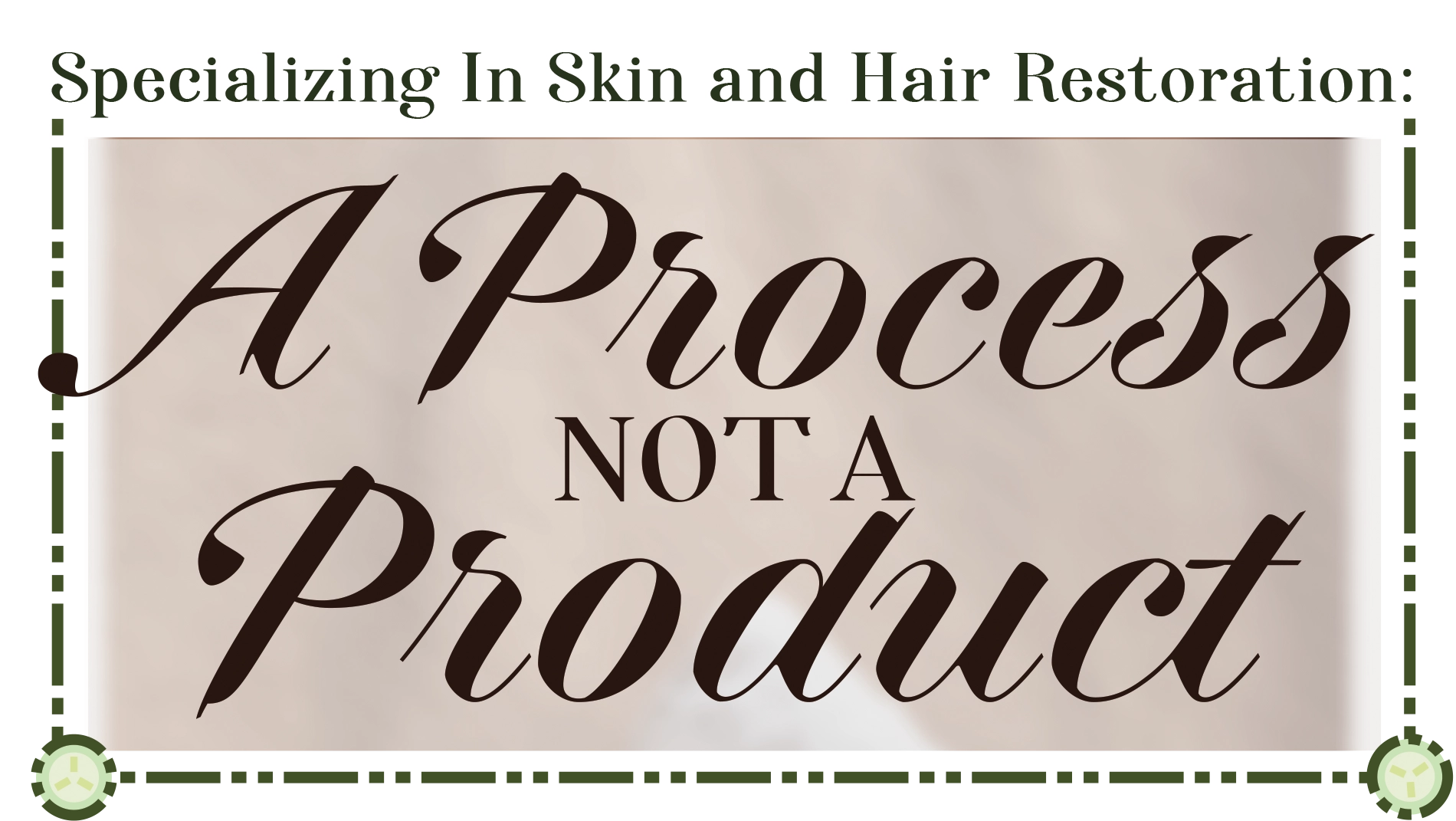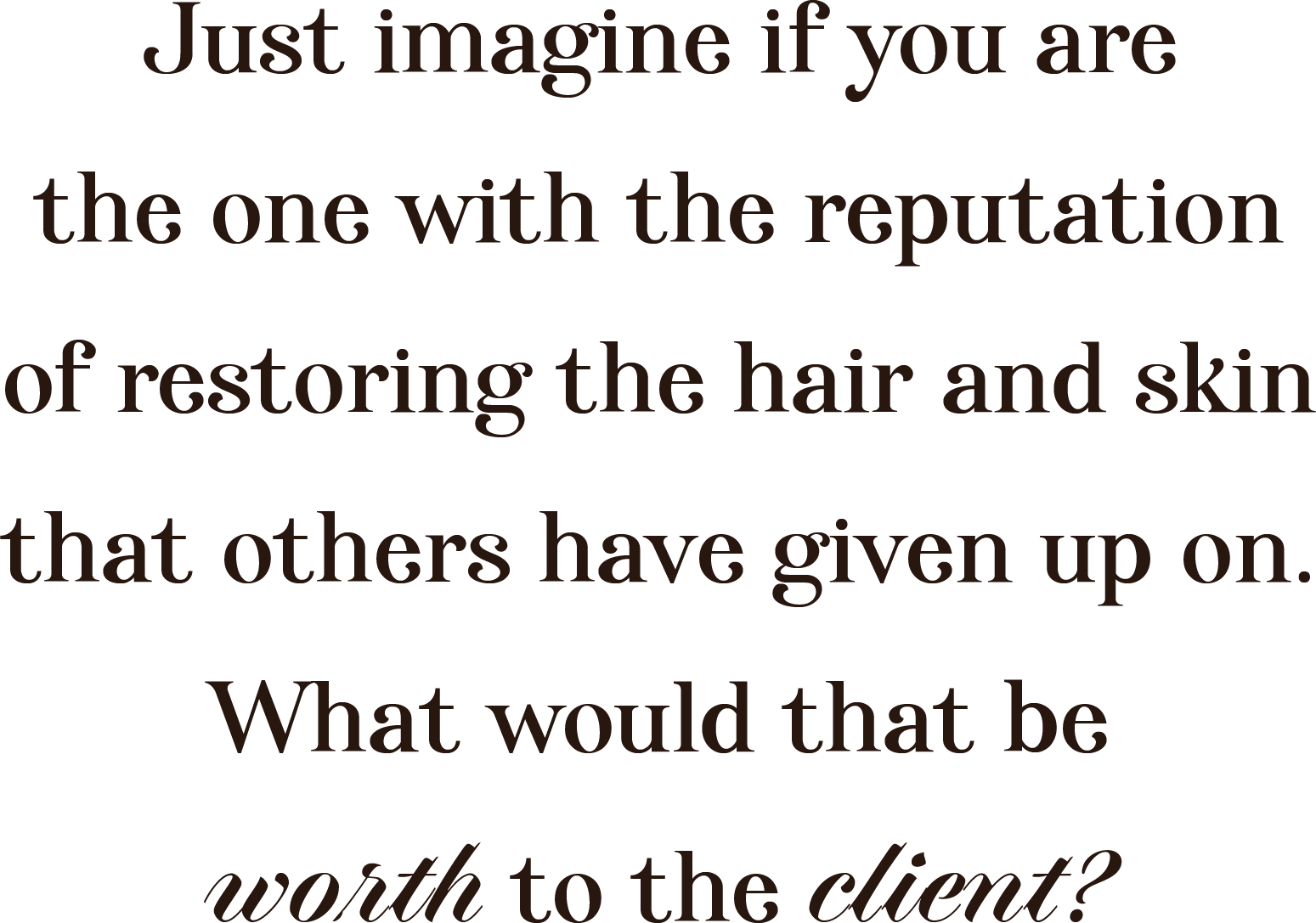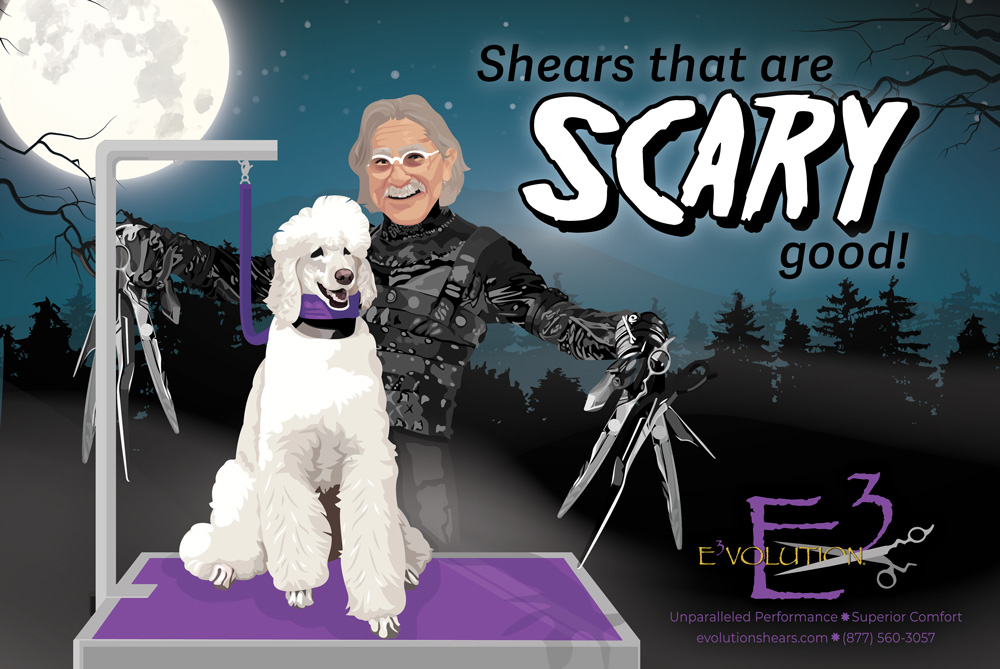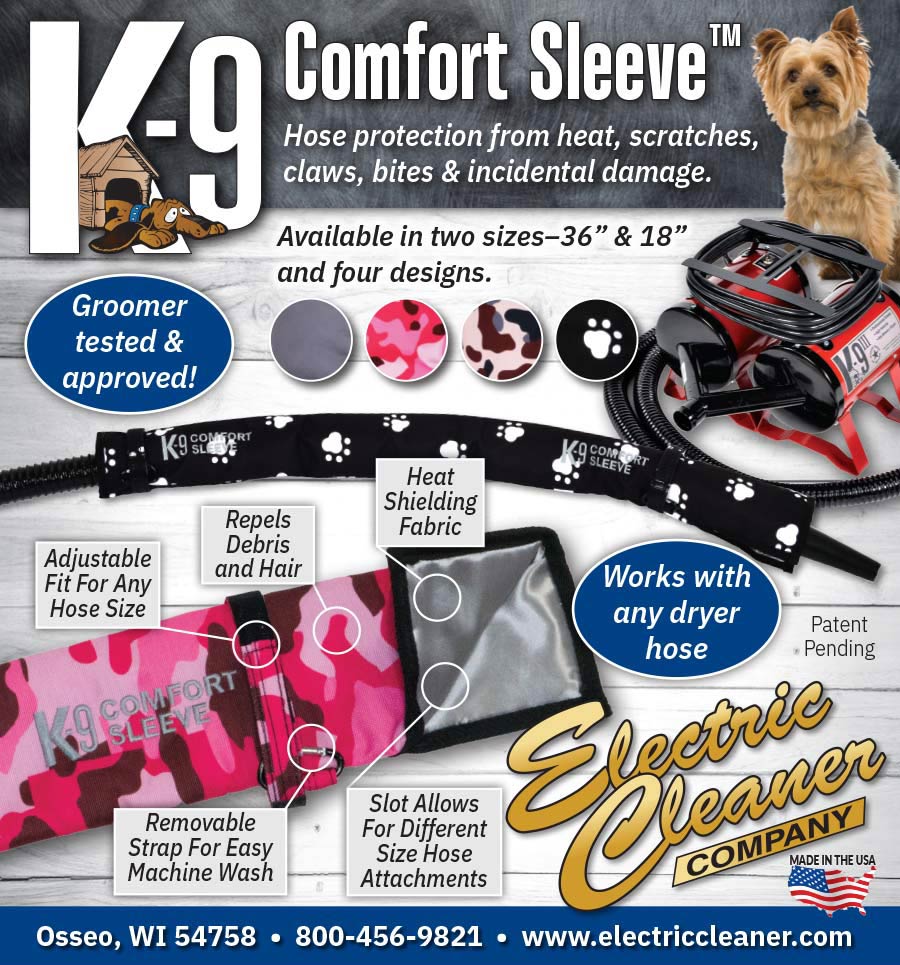
 n this constantly changing, competitive world, we must always look for ways to set ourselves apart. If we are not unique in what we do, we quickly become just a commodity that can be shopped and replaced for a lower price down the street, leaving us to battle mediocrity and struggle financially in our careers.
n this constantly changing, competitive world, we must always look for ways to set ourselves apart. If we are not unique in what we do, we quickly become just a commodity that can be shopped and replaced for a lower price down the street, leaving us to battle mediocrity and struggle financially in our careers.
So, what is your unique or niche skill or market? Is it your outstanding customer service? Your award-winning grooms? Your bougie salon atmosphere? Do clients have a deep need for what you offer, or are they just nice “extras?”
One area I see as an untapped opportunity in most areas of the country is skin and hair restoration. There is a huge void between what the veterinarian offers and what the average groomer can do (without education). Clients are constantly looking for answers but often feel like they have fallen through the cracks and that there is no one to help them. It doesn’t take long to look around and see tons of dogs suffering that are not getting the help or the direction they need.
So, what does it take to get started in such a complex niche?






Many people will get the education and try a given recipe two to three times, and if the results are not what they expected, they give up. It is essential to realize when you take on something like skin and hair restoration it is a process—not just a product—to get where you need to be. There are many different variables to consider as to the cause of the issue and the solution to repair it, all of which are important in achieving good results. Your determination and persistence will be vital to achieving success in this field.


To achieve success, the client must be part of the solution, which means educating the client on what you are trying to accomplish, the science of how you are going to accomplish it and why it is different from all the other things they have tried in the past. Without this information, most clients will not be willing to take a chance on you since most have already faced failure with the veterinarian. The most significant difference is that, as a veterinarian, we mainly work from the inside out to treat symptoms versus treating the hair and skin from the outside in and giving the body what it needs to repair itself.

The example used in this article is about skin and hair restoration, but the same principles apply to many different areas you may choose to “specialize” in. Educate yourself, be tenacious, understand it is a process in getting there, find a mentor, and always know you must educate and bring the client along with you on the journey.
Think about what makes you happy and is your passion, then work hard to pursue it. You might not be great at it initially, but through hard work and experience, you will wake up one day and realize that you have reached a level that is among the best in the industry if you do it right. Never underestimate what you can do when you put in the work!
Dr. Cliff Faver graduated with a BS in Biology/BA in Chemistry before getting a Veterinary degree in 1987. He is the past owner of Animal Health Services in Cave Creek, Arizona and now the US distributor for Iv San Bernard products, teaches the ISB Pet Aesthetician Certification program, and speaks internationally on hair and skin. His passion is to merge groomers and veterinarians to aid in helping and healing pets. He is also a member of AVMA, AAHA, AZVMA, Board member with Burbank Kennel Club, and has served on Novartis Lead Committee, Hill’s International Global Veterinary Board, and a Veterinary Management Group.

